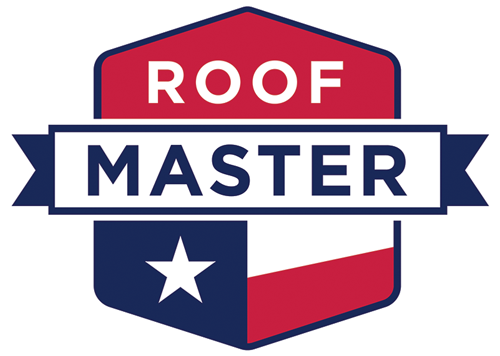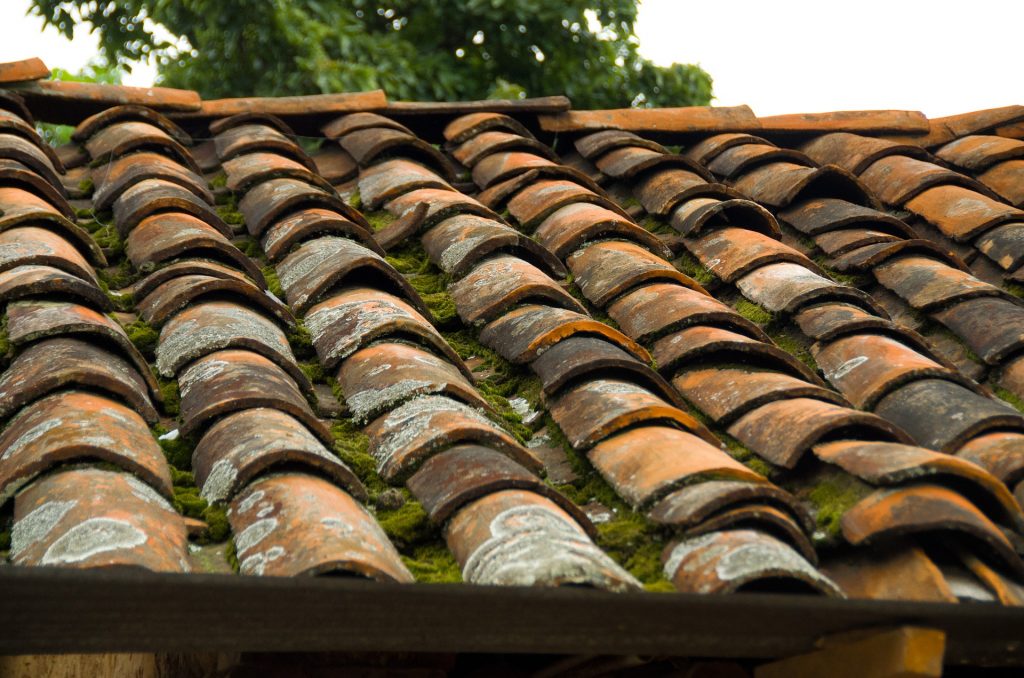Moss growth can cause several issues on shingle roofs. When not removed, the clumping plants can degrade the roof material and shorten its lifespan. The good news is that removing moss growth from roof shingles is a simple task that you can perform as needed.
Homeowners who understand the process have no problem with maintaining their roofs. However, if you are not entirely clear on the procedure, this guide will explain all the steps and different methods on how to remove moss from roof shingles safely.
How to Remove Moss on Roof Shingles
If you decide to remove moss or mold from the roof shingles yourself, you need to prioritize your safety. Here are some of the safety measures to consider.
- Always put on a helmet when heading to the rooftop
- Wear soft, rubber-soled footwear for improved traction
- Remove the moss while standing on a ladder, if possible
There are many methods to remove shingles from the roof, including scrubbing moss off the roof, washing the roof, and applying chemicals. Each method has its pros and cons.
- Scrubbing Moss off the Roof Shingles
Since moss tends to grip shingles quite firmly, you may get tempted to scrub it off. Scrubbing roof shingles is a delicate process that can leave your roof damaged if not done the right way. The damage can be even worse when dealing with asphalt shingles.
Asphalt shingles have granules that can get knocked off when you apply a lot of force during scrubbing. Using the wrong brush or scrubbing the roof shingles too hard will shorten the roof’s lifespan. To avoid damages, use a soft-bristle brush.
Using a long-handle soft-bristle brush, scrub the roof gently to avoid scratching the roofing material. Brush the roof slowly gently from top to bottom so you don’t lift the roof shingles. Do not scrape or bang on the roof, as that may cause more damage.
Scrub the roof in small sections at a time so you can control the brush and scrubbing motions more easily. Unfortunately, scrubbing moss off the roof can spread spores which can regrow in the coming weeks, further exacerbating the problem.
- Washing Moss off the Roof Shingles
Once you’ve scrubbed moss off the roof gently, consider washing the roof shingles to remove all the remaining debris that may harbor moss spores. Use a garden hose to rinse the moss at low pressure. Most of the moss will come off the roof when sprayed with water.
When washing the roof, don’t direct the pressurized water beneath the roof shingles or bottom to top. The shingles may lift and introduce a leak. Rinse the roof thoroughly even if the moss is not coming off. That helps to remove the cleaner you applied.
Pressure washing may seem to be the simplest solution to remove moss off the roof shingles, but it’s not ideal. Pressure washers are powerful and can break the shingles’ adhesive and lift or damage the shingles. That can result in leaks.
Pressure washers can also remove granules from the surface of asphalt shingles, which can interfere with their color and affect their performance. So don’t be tempted to use a pressure washer or pressurized water stream on your roof when removing moss.
Pro Tip: Be very careful of the water dripping down onto your ladder. It can increase the risk of slipping and cause injuries. Get someone to dry the ladder before you get down.
- Applying Moss Remover Chemicals
Another easy way to remove moss off the roof is by applying moss remover chemicals. While some of the chemicals are available in stores, you can apply the ingredients you use daily at home. You can use either vinegar or a 50/50 mixture of water and chlorine bleach.
Once you prepare the solution, spray it on the roof shingles downward. Leave the solution to settle for around 20 minutes. This will give the chlorine solution more time to kill the moss spores.
After leaving the chemicals for some time, use a long-handled soft-bristle brush to remove the moss manually. Do that in a downward motion to avoid damaging the roof shingles. Don’t forget to rinse the roof with clean water to wash off the chemicals.
However, the chlorine bleach solution can equally kill or cause severe harm to plants around your house if not contained well. This is why it is important that you protect your plants before applying the solution.
The most effective way to keep your plants safe from the dripping chlorine bleach is to pre-wet the plants before washing the roof. That will help to protect them from the potential chemical burns caused by bleach. Another way to minimize the risks is by covering the plants with plastic sheets.
Besides chlorine bleach and vinegar, some products on the market are formulated to remove moss from the roof. If you have to use these products, select the eco-friendly options which contain gentle ingredients such as zinc salts and baking soda.
Pro Tip: Eco-friendly moss remover chemicals are less likely to kill your lawn plants or contaminate water sources.
Tips on How to Prevent Moss from Growing
Now that you know how to remove mold from roof shingles, it’s essential to prevent them from growing again. These tips will help you achieve that.
- Keep tree branches away from the roof as moss prefers shade
- Clean the roof shingles and gutters regularly to remove organic materials
- Always keep the roof shingles dry by installing proper drainage on the roof
- Install zinc strips on the roof ridges to dissolve and kill moss growth when it rains
Final Words
Knowing how to remove moss from shingles by yourself can save you money. However, if you find the task overwhelming, consider hiring a reputable roofing contractor such as Roof Master. Our experts will help you remove moss growth from your roof shingles.
Contact us today for high-quality roofing services at affordable rates.



